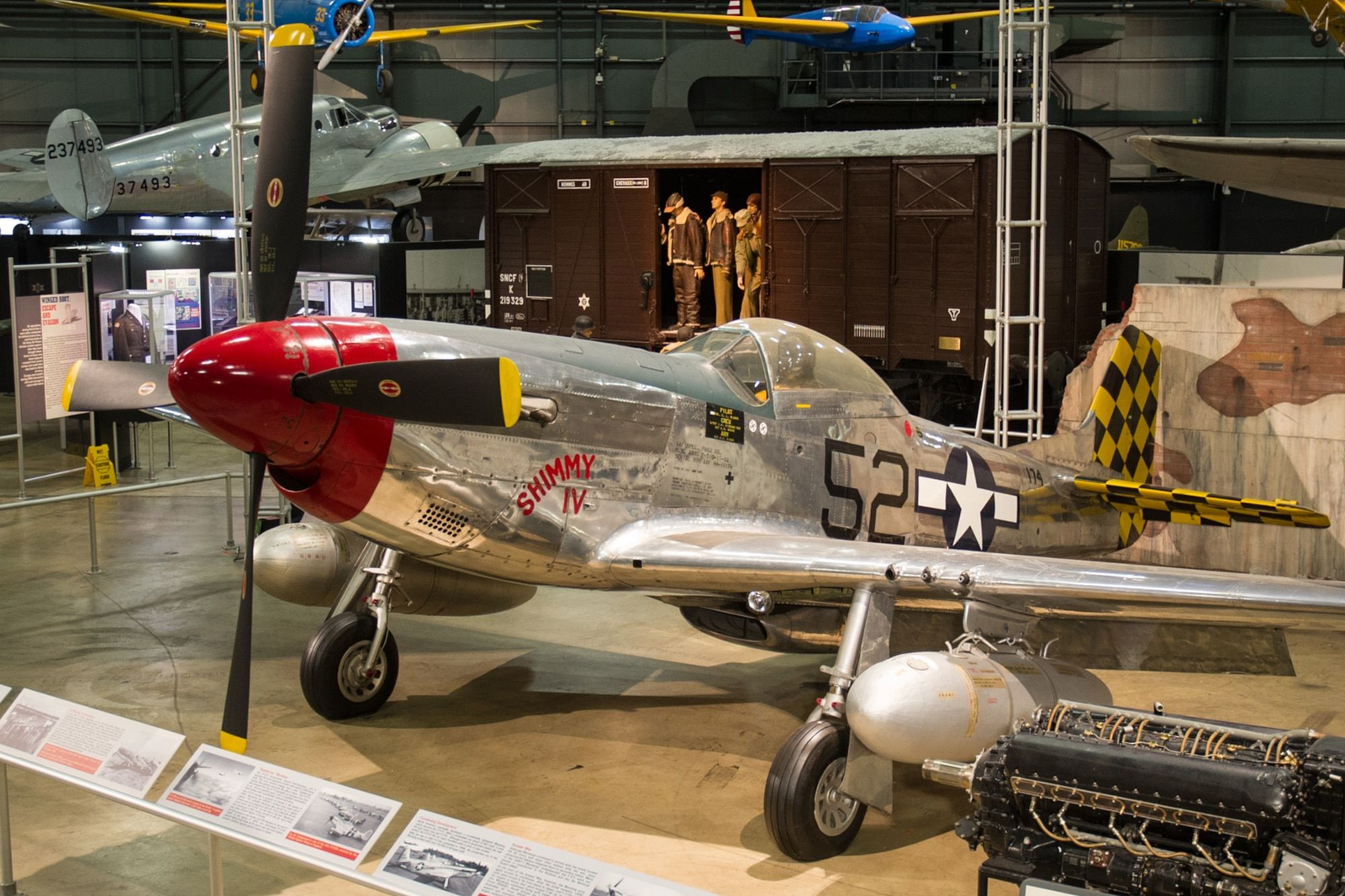
Few planes move the heart of aviation enthusiasts like the North American P-51 Mustang. Conceived during the urgency of war in 1940, this legendary fighter would come to redefine the role of an Allied plane during World War II.

Famous for its scorching speed, incredible range, and lethal firepower, the Mustang became a mainstay of the air war in Europe and the Pacific. But its legacy didn’t end when the wars did. Today, the P-51 endures—not only in museums, but in hangars, airshows, and the hearts of men and women determined to keep its story aloft.

The Mustang’s birth came about because of a pressing requirement: long-range escort of Allied bombers deep into enemy territory. Early versions, equipped with the Allison V-1710 engine, suffered from a lack of altitude performance necessary for high-altitude missions. But all of that changed overnight when British and American engineers swapped out the Allison for the Rolls-Royce Merlin.

The effect was instant. The new engine took the Mustang’s top speed above 400 mph and provided it with the high-altitude responsiveness it had previously lacked.

The most iconic version, the P-51D, featured six .50 caliber machine guns and a Packard-built Merlin engine and became a workhorse of U.S. Eighth Air Force escort squadrons. The National WWII Museum states that the Mustang was a game-changer—able to escort bombers, dogfight opposing fighters, and even lead ground attack missions.

As WWII drew to a close, the Mustang’s combat days diminished, but its life took a new direction. With more than 15,000 units produced, surplus aircraft were sold by the War Assets Administration for as little as $3,500.

Some were dismantled, others left to rust in fields or on racetracks—but fortunate ones were saved by private owners. Eventually, this resulted in the development of a dedicated restoration movement. The Commemorative Air Force (CAF) writes that the Mustang’s combination of historical significance and postwar affordability made it a favorite among those passionate about keeping aviation history alive.

It is no small undertaking to restore a P-51 today. Where once it was an affordable warbird, now it comfortably occupies the multimillion-dollar domain. In 2023, one original unrestored P-51D surfaced at $4.5 million, and full restorations can easily pass $1.5 million. Flying examples usually sell for anywhere from $3–5 million.

Behind the numbers is a sophisticated mix of engineering and artistry—modern hangars like AirCorps Aviation employ everything from 3D scanning to hand-built components to give new life to these planes. Due to careful restorations, today’s Mustangs frequently fly smoother and appear sharper than ever, with advanced avionics subtly integrated into their classic airframes.

Keeping the Mustang airborne isn’t solely a matter of parts and dollars, though—it’s also about humans. Organizations such as the Commemorative Air Force have made warbird preservation a full-fledged movement. With more than 180 vintage aircraft in its fleet, the CAF runs the world’s largest flying WWII museum.

One of its showstoppers is “Red Nose,” a P-51D serviced by CAF Airbase Georgia. This plane isn’t merely hung up in a hangar—it’s regularly flown, popping up at airshows and memorial events all over the country. As Airbase Georgia leader Joel Perkins describes it, the mission is simple: “to honor our veterans, educate young people about the sacrifices of the Greatest Generation, and inspire a new generation to take to the skies.”

That inspiration can be very personal. When a restored Mustang flew into see, 101-year-old WWII pilot Jim McCubbin in Georgia, it triggered memories of dogfights and daring missions, making history tangible.

At such public events as Warbird Rides Days, spectators can even get into the cockpit of a Mustang and sense the vibration of history under their feet. These opportunities, usually centered around significant anniversaries such as VE Day or the establishment of the Navy and Marines, are reminders of the past and inspirations for the future.

Nowadays, the surviving population of Mustangs in the world consists of approximately 311 whole aircraft, including 159 still flying and 54 being restored. Despite only about 1% of the original population remaining, that’s an impressive achievement given how much time has passed.

Ongoing flight is facilitated through a passionate international community of pilots, mechanics, collectors, and historians, all sharing a common interest and a strong technical support network, particularly for the notoriously complicated Merlin engine.

Down the road, the skies won’t necessarily be full of the sound of the Mustang. Old pilots, increasing expenses, and the technical requirements of maintaining 80-year-old hardware flying are real obstacles.

But for the time being, the P-51 survives—a flying reminder of a generation that lived large and built bravely. So long as some will continue to keep her aloft, the Mustang will be a living, breathing piece of history in flight.
